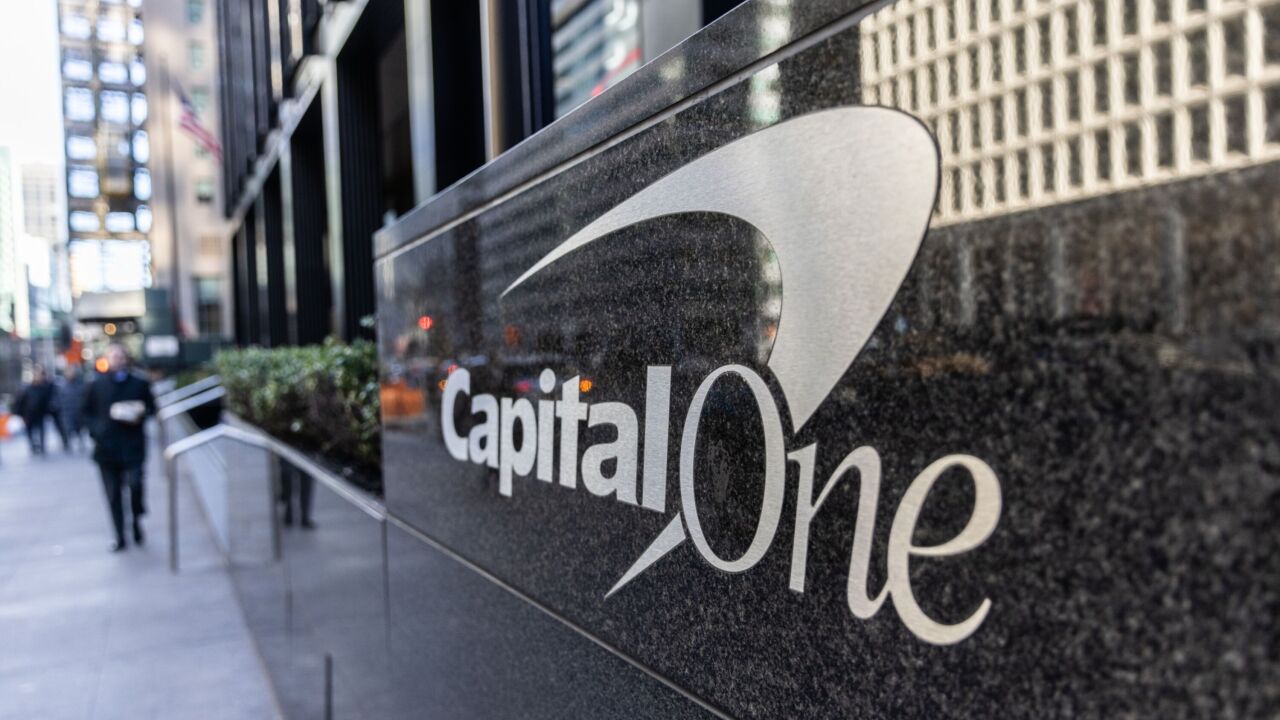As the major banks grapple with the slow and steady implementation of The Clearing House’s Real Time Payments (RTP) system, one organization, Ingo Money, is forging ahead in delivering faster payments for its clients and their customers using the card networks’ push payments rail.
When
Ingo Money is tackling these issues issue head-on.

“From our lens it’s a customer differentiator. In the insurance industry you earn the business the day there is a claim, and how you pay it makes the difference," said Lisa McFarland, executive vice president and chief product officer at Ingo Money. "If it takes three days to pay the claim versus instantly, it can completely change the customer experience and perception of the insurance company."
McFarland other executives spoke at SourceMedia's annual PayThink conference, taking place this week in Austin.
A large proportion of insurance claims are still paid by check, a process which can often take weeks to settle. So the matter is even more critical for those insurance companies that are still mailing paper checks.
Ingo Money has been making major strides in driving real-time payments with an emphasis on B2C payments from the insurance industry. It partnered with
“Demand for B2C disbursements is growing, especially in the insurance industry, because consumers want to get their money fast,” McFarland said.
Though the U.S. may be moving slowly, Ingo Money sees customer demand in other markets.
“In Q4 Ingo Money will send real-time payments to the U.K., and then next year [2019] to Africa with direct integration to MPesa," McFarland said. "The cross-border opportunity is really big."
The question of what is taking so long to get real-time payments live with widespread coverage in the U.S. was succinctly answered by Glenn Geil, senior vice president of payments delivery at Endava: “It will take a lot longer since it’s not a government mandate. The challenge is that banks are struggling with the amount of change required to be able to connect to a real-time network. The banks have been too optimistic in terms of what it takes to connect.”
Steve Ledford, senior vice president of product and strategy at The Clearing House, offered some positive (albeit muted) news on the slow and steady RTP implementation progress.
“We had about 23 to 24 percent coverage of U.S. financial institutions by the end of Q2 and had seven banks signed up," Ledford said. "We are on track to reach about 50% coverage by end of Q4. That’s when we’ll have regional institutions to come on directly, followed by our RTP network partners as the third tranche. These are CUSOs, bankers’ banks, EFT networks, etc. We are on track to achieve nearly 100 percent coverage by end of 2020.”
While the implementation process of the RTP network may appear to be slow to many onlookers, there are major challenges that need to be grappled with, the first being that it’s the first major network installation since the 1970s, when the ACH network was created. Secondary issues include addressing real-time fraud mitigation, weaning corporate customers from B2B checks and finally the consumer expectation of free payments.
Meanwhile, companies are increasingly looking to the Visa and Mastercard to satiate growing consumer and business demand for the ability to send money much more quickly than standard bank solutions. However, the card networks’ solution does not provide instant settlement.
“We push $16 billion a year and most of it’s through the card networks," McFarland said. "But the majority of settlement occurs the next day. ... At some point when the amount of funds grows to be very large, you will need a real-time payment to settle the funds because of the size of risk."





